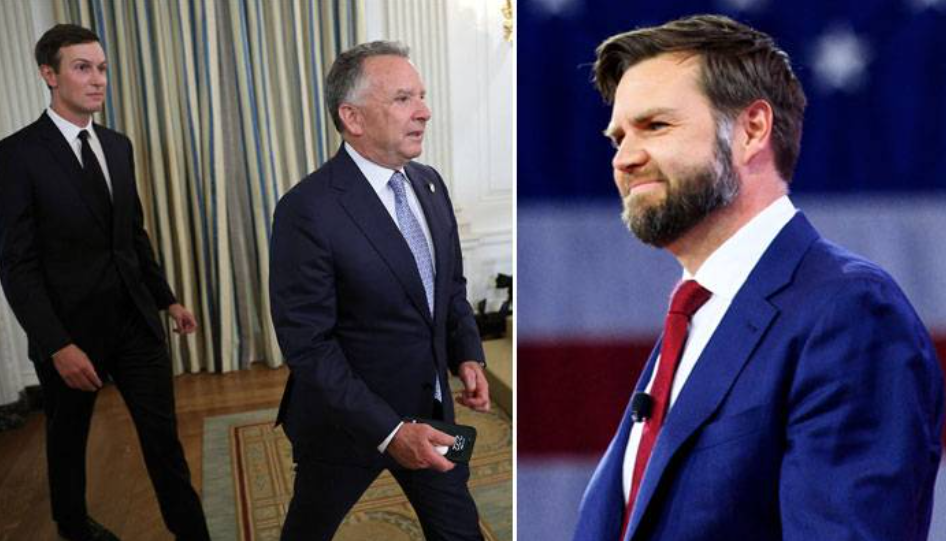A senior US delegation, including Vice President J.D. Vance and Jared Kushner, arrived in Israel to shore up Gaza’s fragile ceasefire amid parallel Hamas talks in Cairo.

News Desk
WASHINGTON: A senior US delegation arrived in Israel on today in a concerted diplomatic effort to stabilize the fragile ceasefire in Gaza, highlighting Washington’s urgent attempts to prevent a return to full-scale violence. The delegation includes Vice President J.D. Vance and senior White House adviser Jared Kushner, who was a key architect of the original truce, alongside US Special Envoy for the Middle East, Steve Witkoff.
The mission comes as a Hamas delegation, led by Khalil al-Hayya, arrived in Cairo to hold parallel talks on the implementation of the ceasefire. Officials described the simultaneous movements as a coordinated effort to reinforce the agreement, which has repeatedly been strained by mutual accusations of violations and sporadic attacks on both sides.
Ahead of the meetings, Kushner expressed cautious optimism about the prospects for the truce. Speaking to reporters, he said that Hamas was “honoring its commitments” and emphasized the high stakes involved. “This ceasefire must be 100% successful,” Kushner said. “The US and its partners cannot afford for it to fail.” His remarks underscored the gravity with which Washington is approaching the negotiations, framing the ceasefire as a critical step in preventing a wider escalation in the region.
The US delegation’s agenda includes discussions on mechanisms to monitor compliance, prevent provocations, and address the broader tensions that threaten the stability of the truce. Diplomatic sources said the talks would also explore ways to ease humanitarian pressures on Gaza while maintaining security assurances for Israel.
Observers noted that the visits to Israel and Cairo reflect a deepening concern among international actors over the vulnerability of the ceasefire, which, despite temporary calm, remains fragile. Analysts said the outcome of these high-level negotiations would be closely watched as a test of Washington’s ability to manage one of the Middle East’s most volatile conflicts and to assert its role as a mediator capable of maintaining relative stability between the warring parties.
As both delegations engage in delicate diplomacy, regional governments and international partners hope that the ceasefire can be solidified and mechanisms strengthened to prevent another rapid escalation of violence that could have devastating humanitarian and strategic consequences.

